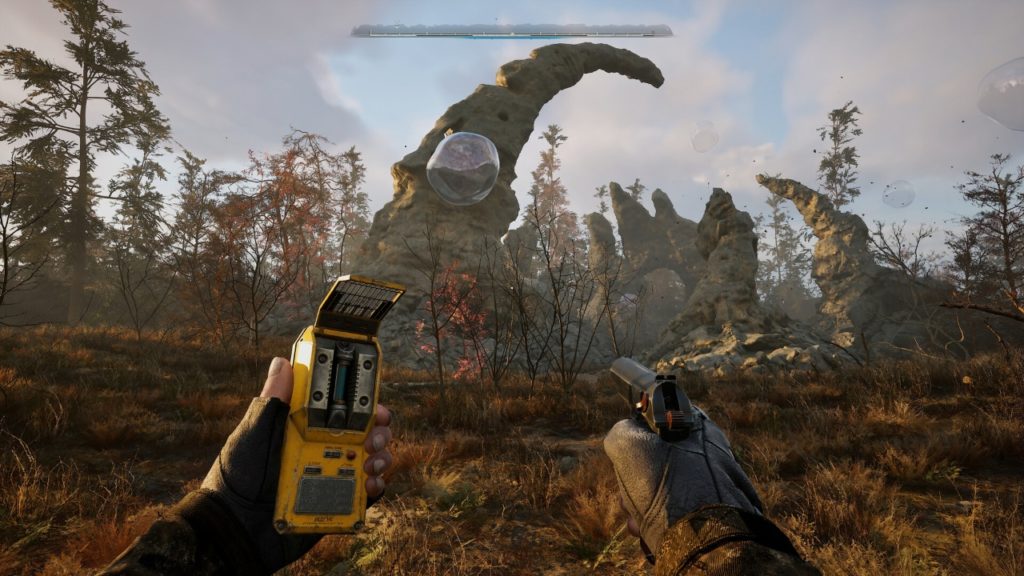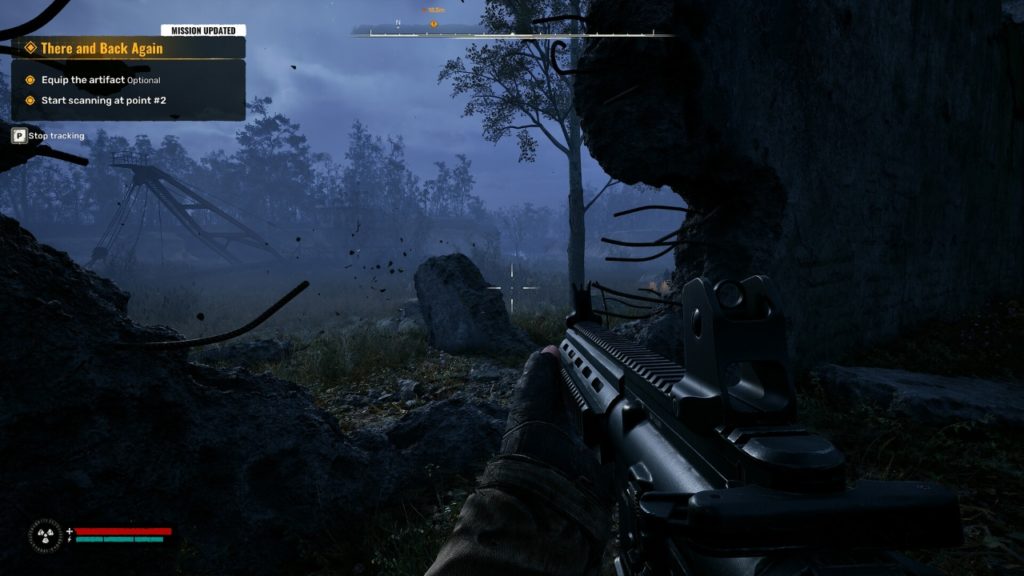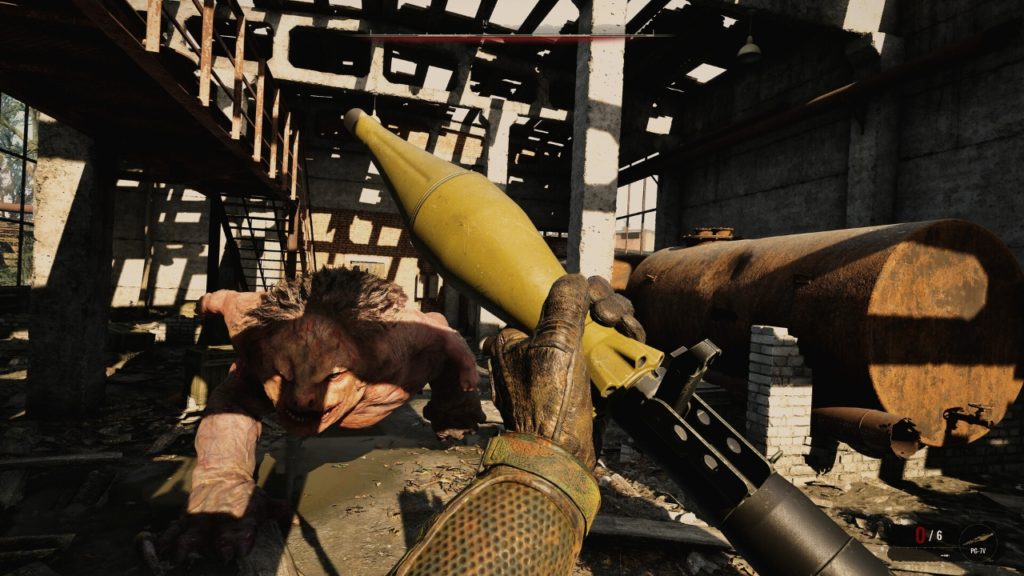Stalker 2: Heart of Chornobyl review-in-progress
Stalker 2: Heart of Chornobyl is a big game. That’s part of the reason this is a review-in-progress rather than a scored write-up, because it’s not just big in the sense that it has a lot of missions or a large area to cover, which it certainly does. Rather, Stalker 2 is a game of exceptional scale, and one that adds to its overall length by constantly killing you, forcing you to retreat and restock your ammo and medkits, and throwing in dynamic events that are often hard or even impossible to predict.
The price paid for such breadth is counted in bugs and glitches, and issues with spatial audio or the complete lack thereof, and some pretty awful voice acting in places. It’s a game that feels several years late, but arguably offers an experience you don’t often get from modern shooters. A mix of Metro and latter-day Fallout (ironic, yes, since the Stalker franchise has influenced both), Stalker 2 is a hardcore survival shooter billed, perhaps egregiously, as a sim shooter.
Stepping into the mud-caked boots of Skif, a young fella infiltrating the Chornobyl Exclusion Zone along with a physicist named Hermann, you make your way to the village of Zalisya, with a little detour on the way to be robbed and left for dead. With a valuable prototype missing, along with Skif’s pride, you set out after the culprits armed with some rusty guns and a few cans of spam. Skif’s reasons for being there aren’t revealed immediately, but given how dangerous a place it is, you know he means business. He’s a decent main character, a man who seems to always be teetering on the brink of full-on homicidal outburst. In fact, from what I’ve played so far, the times when you’re fully in Skif’s head as he roughs up bandits and shakes down conmen for info are the best bits of the game, which is good, as much of the rest of Stalker 2 is built on somewhat rickety foundations.

That this game has been in development for a long time is evident from the get-go, as is the fact that the dev team have not had the easiest working conditions, between disasters, studio fires, and of course the horrendous conflict in their home country. None of which has dampened ambitions, even if it has made the execution a little shaky. Stalker 2 is a buggy game at the time of writing. I won’t go into too much detail as a day one patch is promised that may fix some of the issues, but right now it’s rough (despite at least three major updates already). From enemies stuck upside down in the floor to dogs that catapult away from you like they’re in a Monty Python sketch, the complete loss of weapon audio and NPCs disappearing randomly to reappear elsewhere, Stalker 2: Heart of Chornobyl really struggles to support its own weight at times.
There are also issues with feedback. Played on a controller the shooting feels too loose, which isn’t a major issue for PC players who can jump back to M&K, but Xbox users might not have as much fun. Shooting is too floaty and imprecise, which suits the themes of entropy and the fact that every weapon is one bad day from jamming up completely, but isn’t exactly great for the experience. An almost complete lack of spatial audio means that you can’t tell if you’re being shot at from across the map or across a threshold, while enemy AI has two distinct flavours and nothing on between: either humans steadily attempt to flank you (sometimes while throwing grenades into fences so they bounce back and kill them) or non-human enemies run at you and slash at you from somewhere inside you. There’s a major issue with proximity when an enemy is too close to shoot and Skif’s melee ability could just about crack the shell of a boiled egg with a sufficient wind up.

But then, perhaps this is the point. Stalker veterans will certainly argue that this franchise is supposed to be hardcore. Played on normal difficulty, supplies are low and you’ll almost die from dropping off a 6-foot ledge. You have to manage radiation poisoning, hunger, and use both bandages to stop bleeding and med kits to heal (which even in practice seems like overkill). With no skill trees, Skif must rely on weapon mods and equipment upgrades to make him stronger, or else find special artefacts that can bestow permanent buffs when they’re equipped. These artefacts are often surrounded by bizarre anomalies that can be triggered with a well-thrown iron bolt so Skif can dash through them, but beware as they’re only nullified for around two seconds. Good luck with the mission that asks you to carry a body through a minefield of anomalies.
These come in multiple flavours though, with air, fire, wind, and toxic anomalies littering the land randomly. On normal difficulty, they can all pretty much one-shot you early in the game. A tell-tale beeping will reveal their proximity, and you’ll often need to get dangerously close or even navigate through them to find Artefacts. Now and then you’ll come across a huge one that does massive damage, though as yet I’m not sure what their purpose is.
Stalker 2 throws side quests and intrigues at you in fast succession when you first begin, wasting no time in introducing you to two conflicting factions and forcing you to take sides or, more likely, play one side off the other. As almost any NPC can die either by your hand or the environment, it can be tricky to complete every quest going. And some people I just shot because they betrayed me and then were unapologetically smug about it. Condescend to me and eat a bullet, buddy.

What’s perhaps the weirdest element of Stalker is the characterisation of NPCs. Some of the names are super weird, like someone just threw random words together, and every character has a name, even the ones Skif never met before he found their corpse. The voice work is also strange, with Ukrainian-named freedom fighters sporting Scottish, American, or broad Cockney accents.
All in all, Stalker 2: Heart of Chornobyl is an extremely mixed bag so far. While I’m enjoying the atmosphere, the few stealth-based missions (I say “based” but you can just wander in and shoot everyone) have been the highlights. Skif is a likeable enough horrible person, and I like how much there is to do in terms of quests and side content, but it’s held back massively by stifling bugs, unsatisfying gunplay, iffy voice work and sound design, and a general air of being five to ten years behind the modern market. Or maybe I’m just missing the point. Either way, with only around a dozen hours played I’m still in the early game, so perhaps by the time I come to add a score to all this, a lot will have changed. Either way, right now, Stalker 2: Heart of Chornobyl isn’t setting my world alight.




